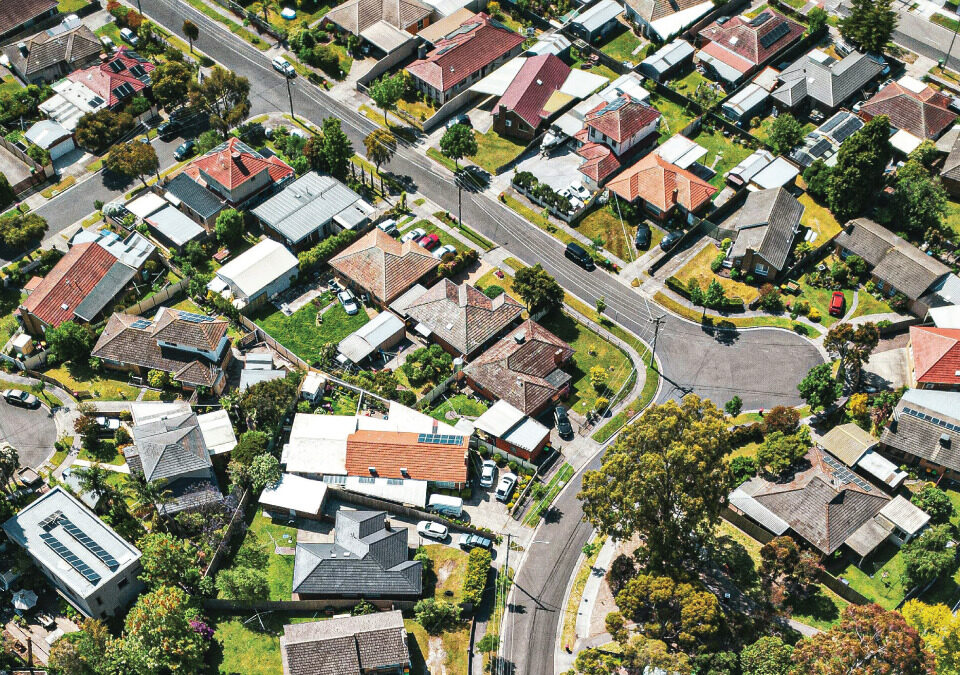- ENQUIRE ONLINE OR CALL US
- 08 8451 1500
Economic Wrap – Autumn 2014
Taking the stress out of home loan applications
At its meeting today, the Board decided to leave the cash rate unchanged at 2.5 per cent.
Statement by Glenn Stevens:
Growth in the global economy was a bit below trend in 2013, but there are reasonable prospects of a better outcome this year, helped by firmer conditions in the advanced countries. China’s growth appears to have slowed a little in early 2014 but remains generally in line with policymakers’ objectives. Commodity prices in historical terms remain high, though some of those important to Australia have softened further of late.
Financial conditions overall remain very accommodative. Long-term interest rates and most risk spreads remain low. Equity and credit markets are well placed to provide adequate funding.
In Australia, the economy grew at a below-trend pace in 2013. Recent information suggests moderate growth is occurring in consumer demand and foreshadows a strong expansion in housing construction. Some indicators of business conditions and confidence have improved from a year ago and exports are rising. But at the same time, resources sector investment spending is set to decline significantly and, at this stage, signs of improvement in investment intentions in other sectors are only tentative, as firms wait for more evidence of improved conditions before committing to expansion plans. Public spending is scheduled to be subdued.
The demand for labour has been weak over the past year and, as a result, the rate of unemployment has risen somewhat. More recently, there has been some improvement in indicators for the labour market, but it will probably be some time yet before unemployment declines consistently. Growth in wages has declined noticeably and this has been reflected more clearly in the latest price data, which show a moderation in growth in prices for non-traded goods and services. As a result, inflation is consistent with the target. If domestic costs remain contained, that should continue to be the case over the next one to two years, even with lower levels of the exchange rate.
Monetary policy remains accommodative. Interest rates are very low and savers continue to look for higher returns in response to low rates on safe instruments. Credit growth has picked up a little, while dwelling prices have increased significantly over the past year. The decline in the exchange rate from its highs a year ago will assist in achieving balanced growth in the economy, but less so than previously as a result of the rise over the past few months. The exchange rate remains high by historical standards.
Looking ahead, continued accommodative monetary policy should provide support to demand, and help growth to strengthen over time. Inflation is expected to be consistent with the 2–3 per cent target over the next two years.
In the Board’s judgement, monetary policy is appropriately configured to foster sustainable growth in demand and inflation outcomes consistent with the target. On present indications, the most prudent course is likely to be a period of stability in interest rates.
Need help with your finances or want to discuss your how interest rate changes could affect your situation? We’re as close as your phone – just call us on 08 8451 1500
P.S. – Are you paying more interest than you need to be? – to find out click here
Sam & Matt
Urbantech Group
>> Adelaide’s Best Home Loans +plus more…


